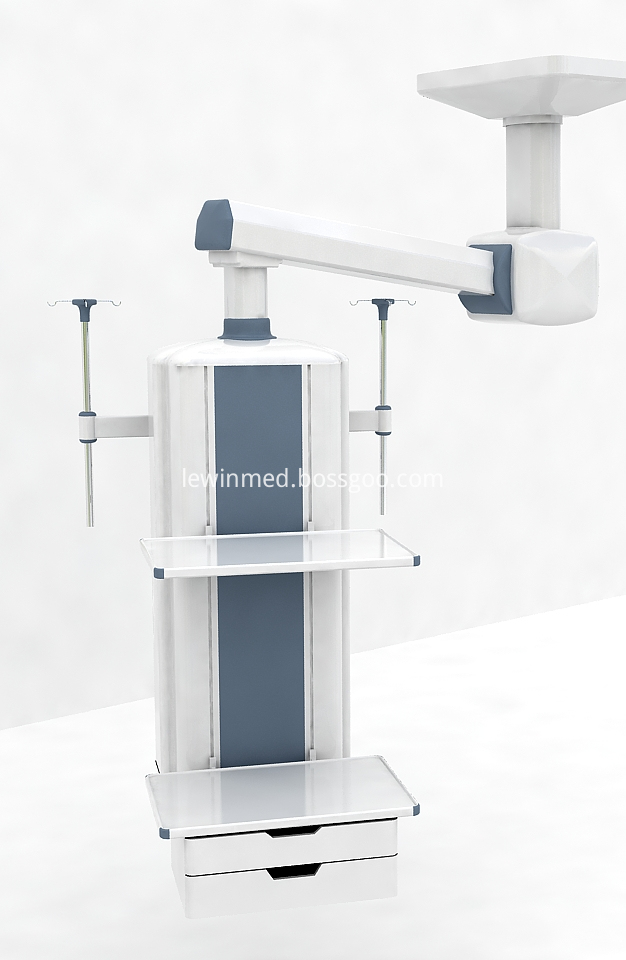Scientific name Meromyza saltatrix Linnaeus Diptera, Syringidae. Distribution from the north of Heilongjiang, Inner Mongolia, Xinjiang, south to Guizhou, Yunnan, West Xinjiang, Tibet. Hainan in Qinghai, Ganzi in Sichuan, and the Aba region also occur. Some areas in Xinjiang, Inner Mongolia, Ningxia, Hebei, Shanxi, Shaanxi and Gansu were seriously affected.
Host wheat, barley, oats, alkali grass, Imperata and so on.
The damage characteristics are caused by the larvae penetrating into the stems of wheat and other foods. The newly hatched larvae drilled into the wheat stems from the leaf sheaths or internodes, or spiraled at 1/5 to 1/4 of the young leaves and the base of the panicle section. Feeding down to form a dry heart, white ear, and rotten ear can not be strong.
Morphological characteristics Male adult body length 3-3.5mm, female 3.7-4.5mm, body is light yellow-green, compound eye black, the back of the chest with 3 black or dark brown vertical lines, the middle of a vertical line before the narrow width, after the direct connection At the end of the edge of the rib, the longitudinal lines on both sides are only half or more than half of the middle longitudinal lines, and the ends are bifurcated. Yellow tentacles, small beard black, base yellow. Yellow green. Leg expansion after hind leg. Eggs 1mm long, spindle-shaped, white, 10 vertical stripes. The last-instar larvae are 6-6.5mm in length, yellow-green or yellow-green, showing a cricket shape. Cocoon is a cocoon, the male body length 4.3-4.7mm, female 5-5.3mm, clam shell transparent, visible compound eyes, chest, abdomen and so on.
Life habits include 2 generations in the spring wheat region in Inner Mongolia, and 3 to 4 generations in the winter wheat region. The larvae overwinter in the host rhizomes or soil seams or weeds. In the spring and mid-winter of the spring wheat district, we saw adult overwintering. The end of May and early June entered the peak period, and the middle and late June was the peak of egg laying. The eggs hatched after 4-7 days, and in late June, the larvae were damaged. Period, damage for about 20 days. In mid-July, it will be spent on phlegm in the middle of the month. The first-generation larvae emerged most of their feathers before the wheat harvest in mid-late July and left the fields, where they laid eggs on perennial grasses. Wheat stalk flies in Inner Mongolia, where only one generation of larvae infests the wheat. After emergence of the adult, the eggs are laid on the base of the leaf. In the winter wheat area, the 1st and 2nd generation larvae infested wheat in April and May, and they were transferred to self-producing wheat seedlings in the third generation. The fourth generation was transferred to autumn seedlings and damaged. Henan also has two peak periods in one year. After larvae are matured, they are overwhelmed by the pests or wild hosts. Adults have phototaxis, chemotaxis, adult eclosion day after day of mating, active during the day in the wheat plant, eggs prolific in the 4,5 leaf wheat stems, egg production, each female can produce more than 20 eggs, many can be 70 to 80 tablets. The egg hatching and larvae hatching require higher humidity, wheat stalk soft, wide leaves or less hair species, high egg production rate, is a serious problem.
Prevention and control methods (1) Select suitable local pest-tolerant or early maturing varieties according to local conditions. (2) Strengthen cultivation and management, achieve proper early planting and reasonable close planting. Strengthen water and fertilizer management and promote the growth of wheat. Accelerating the early growth and development of wheat is a fundamental measure to control this insect. (3) Strengthen the wheat fly forecast and forecast. In the middle and late March of the winter wheat region, the spring wheat field began to inspect insects in mid-May. Every two or three days before and after 10:00, it swept the net 200 times at the top of the wheat seedlings. When there are 2-3 insects, about 15 days after the overwintering adult emergence feast, is the first time the control of the drug. In the winter wheat area, there are an average of 25 insects in one hundred nets, which need to be controlled. (4) When the wheat fly adult has reached the control target, 2.5% trichlorfon powder or 1.5% dimethoate powder or 1% 1605 powder should be sprayed immediately, 1.5kg per 667m2. (5) If the wheat fly has spawned a large number of eggs, timely spraying 36% of locust fly oil 1000-1500 times or 50% of 1605 4000 times of milk oil or 80% of dichlorvos and 40% of dimethoate 1:1 Water 1000 times liquid or 10% Dagongchen WP 3000 times, 25% chlorhexidine WP 600 times, spray every pair of 667m2 good liquid 50-75L, control the eggs before hatching.
Single Arm Electric Medical Pendant,The control cabinet of the Tower Crane adopt the imported high-strength aluminum alloy of patent technology for the one-off extrusion molding, and the surface undergoes the primary oxidation treatment.The tray surface is non-slip. Mechanical friction damping brake.The imported electrical machine is adopted , and the rising and rotation function of the electric horizontal cantilever can accurately position without excursion.The gas pipeline, power supply and computer communication line are separately arranged without interference.

Single Arm Electric Surgical Pendant
Single Arm Electric Surgical Pendant,Single Arm Anesthesia Pendant,Single Arm Ceiling Pendant,Single Arm Medical Gas Pendant
Shandong Lewin Medical Equipment Co., Ltd. , https://www.operatinglight.nl